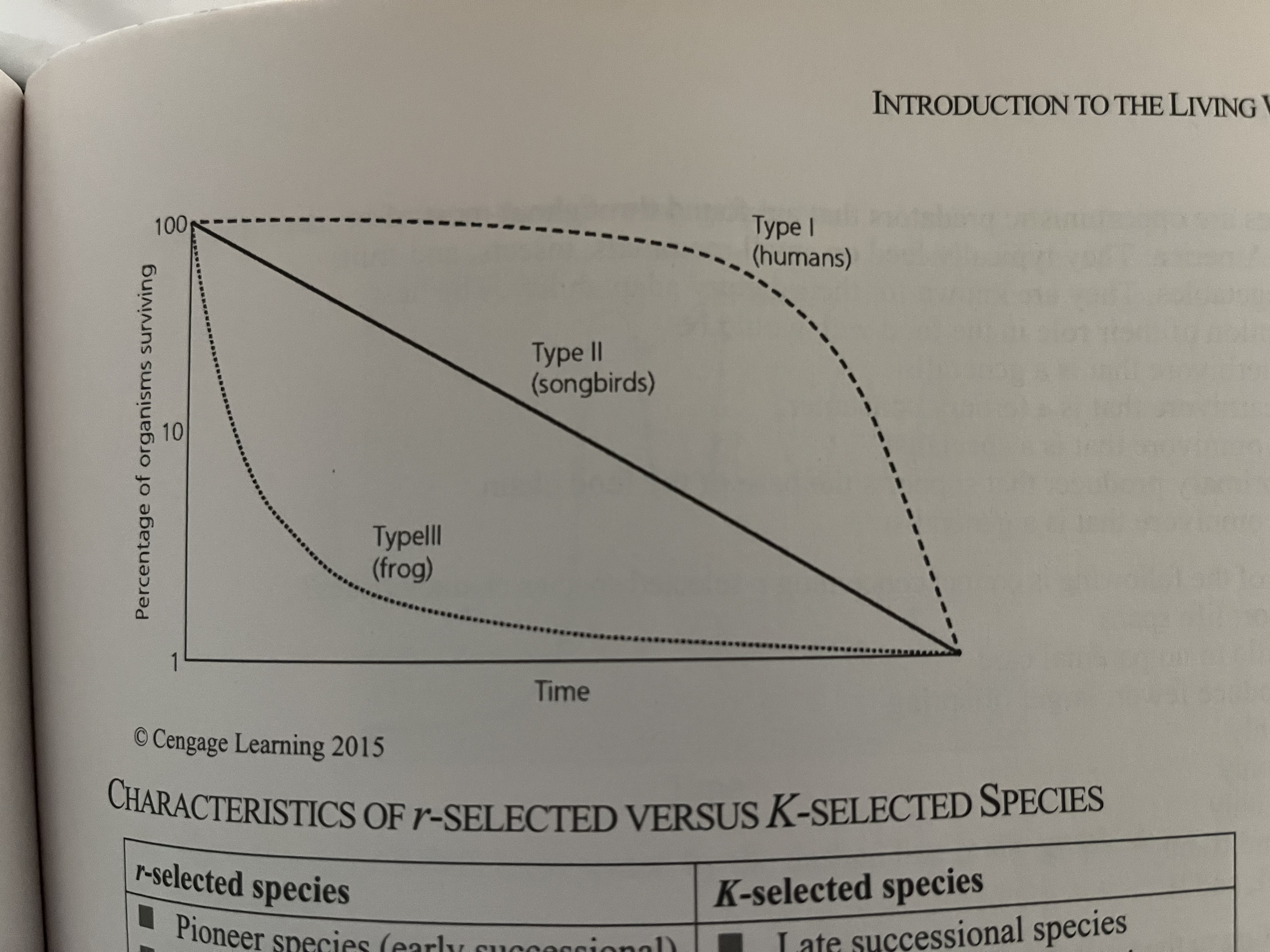APES: The Living World
1/16
Earn XP
Name | Mastery | Learn | Test | Matching | Spaced |
|---|
No study sessions yet.
17 Terms
Nitrogen Cycle Steps
Nitrogen Fixation
Ammonification
Nitrification
Denitrification
Human impacts on nitrogen cycle
excess nitrates
Burning fossil fuels
Fertilizer usage
Phosphorus cycle
doesn’t move through atmosphere
Mainly in ocean sediments and terrestrial rocks
Human impacts on phosphorus cycle
phosphate runoff
Sulfur cycle
in ocean sediments, rock, mineral layers
Sulfur emitted into the atmosphere (volcanic activity, anesrobic bacteria, hydrogen sulfide, oceanic sea spray, forest fires)
Human impacts on sulfur cycle
release of sulfur dioxide
Speciation
formation of new species resulting from selective forces
Geographic isolation
leads to new species forming
5 types of community interactions
interspecific competition
Predation
Mimicry
Camouflage
Chemical warfare
Coevolution types
parasitism
Mutualism
Commensalism
Amensalism
Resource partitioning example
insect feeding warblers on spruce trees
Primary succession
Establishment of community from rock
Secondary succession
Soil remains in place and life comes back
Stages of primary succession
Exposed rocks
Lichens and moss
Small herbs
Heath may
Early teees
Late teees
Stages of secondary succession
Annual weeds
Perennial weeds and grasses
Shrubs and small pines
Young pine forest
Mature forest
Distribution types
random
Clumped
Uniform
Survivorship curve
R-dies fast
K-dies slow
